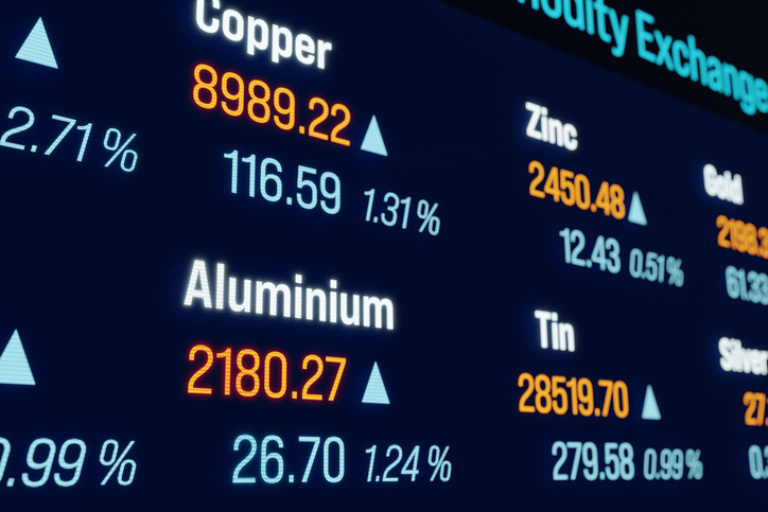Market commentary on the US trade conflict with Switzerland
“We will not abruptly adjust our stock strategy.”
The list of new customs measures against Switzerland, published on the night of Swiss National Day on August 1, came as a surprise. The economic impact of the tariffs is significant.
- Weighted average tariff on Swiss exports would rise from 6% to over 16%
- Cyclical industries under particular pressure
- Structurally strong companies with high market entry barriers are likely to be affected only in the short term
If the 39 percent rate is fully implemented, the weighted average tariff on Swiss exports would rise from the current 6 percent to over 16 percent, assuming that pharmaceuticals and gold remain exempt. Such an increase would significantly weaken the competitiveness of Swiss industry. The impact will be significant in the medium term. Free trade with the US appears to be over, and Switzerland is likely to move closer to the EU in terms of trade.
Export-oriented companies, especially small and medium-sized enterprises that focus heavily on the US market, will be particularly affected. The tariffs will hardly be borne by the companies themselves, but are likely to be passed on to customers in the form of higher prices, which in turn will weigh on demand. Cyclical industries such as mechanical engineering, precision engineering, and the watch industry are under particular pressure.
Hasty adjustments are not effective
We are not making any abrupt adjustments to our positioning in Swiss equities. However, we expect sensitive price reactions at the beginning of the week, particularly in the small-cap segment. Many of these stocks are illiquid, which is why hasty sales would not be effective. We will therefore not sell procyclically, but will make targeted adjustments in the event of exaggerations in order to selectively improve the quality of the portfolio and adjust position sizes if necessary.
We are also pursuing this approach with Swiss dividend stocks. We remain committed to the pharmaceutical heavyweights Roche and Novartis. Uncertainty about possible tariffs on pharmaceutical products and political intervention in the US argues against increasing these positions.
Structurally strong companies remain attractive in the long term
Many of the Swiss companies we hold do not manufacture directly in Switzerland for the US market, but have local production facilities in the US or export from other regions of the world. The tariff rate applicable to Switzerland therefore does not apply across the board. We also hold companies that are not affected by US tariffs at all, such as Galenica in the healthcare sector or Holcim, which recently floated its North American business separately on the stock exchange under the name Amrize. Structurally strong companies with high barriers to entry are likely to come under pressure only in the short term. Their market position and technological leadership secure them long-term competitive advantages, even in a challenging environment. It is important to focus on such companies.
Negotiated solution still possible
This is not the first time that Switzerland has had to contend with political challenges. In the medium and long term, this challenge will also be overcome, especially as international pressure can also unite domestic political forces. A perfectly realistic scenario is that a solution will still be found with the US in the remaining days until August 7. Switzerland remains in close contact with the relevant US authorities, and the Federal Council is still seeking a negotiated solution. The hope for a last-minute agreement therefore remains, especially since President Trump has adjusted or suspended customs measures at short notice in the past. Until then, however, the Swiss stock market is likely to remain nervous and volatile.
Background:
On the eve of Swiss National Day on August 1, the White House published a list of new tariff measures. From August 7, 2025, import duties of 39 percent will apply to Swiss products. This rate significantly exceeds the previous 10 percent and is even higher than the 31 percent announced in April on “Liberation Day.” Just a few weeks ago, an agreement seemed within reach, as a draft joint declaration of intent was ready to be signed and had already been approved by the Federal Council on July 4. However, President Trump decided otherwise, citing an allegedly “huge” trade deficit.






